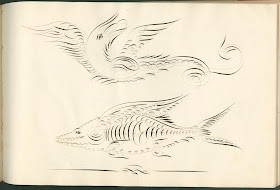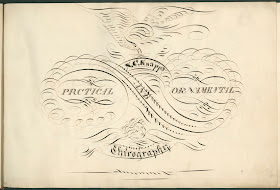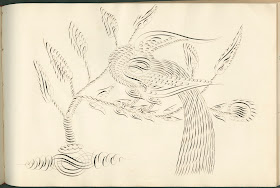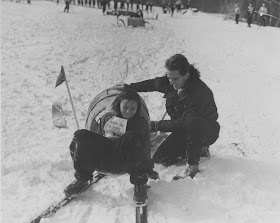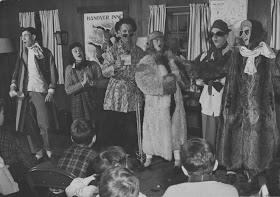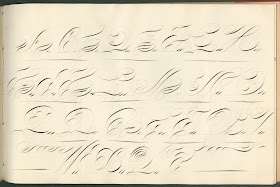 Try to imagine a time when beautiful handwriting was considered so important that writing masters traveled the country giving lessons on practical and ornamental penmanship. Calligraphy, from the Greek words meaning "beautiful writing," is well represented in the Rauner collections, which include over two hundred manuals, writing books, and manuscripts, originally gathered by Professor Ray Nash. Rauner also holds a small group of manuscripts and some fifty books on the art of calligraphy, acquired by the Library from various other sources.
Try to imagine a time when beautiful handwriting was considered so important that writing masters traveled the country giving lessons on practical and ornamental penmanship. Calligraphy, from the Greek words meaning "beautiful writing," is well represented in the Rauner collections, which include over two hundred manuals, writing books, and manuscripts, originally gathered by Professor Ray Nash. Rauner also holds a small group of manuscripts and some fifty books on the art of calligraphy, acquired by the Library from various other sources.N.C. Knapp's Practical and Ornamental Chirography, ca. 1830, is not a printed book, but an album filled with painstakingly hand-penned examples of the art of calligraphy. The elegant, flowing lines swirl gracefully into animal shapes, angels, and other ornamental designs in addition to the letters of the alphabet. Imagine the agony of discovering a mistake after such laborious effort. One wonders whether Knapp just never noticed the rather glaring one on his title page, or eventually discovered it and decided he, and we, would simply have to live with it.
Ask for Codex 003046.
